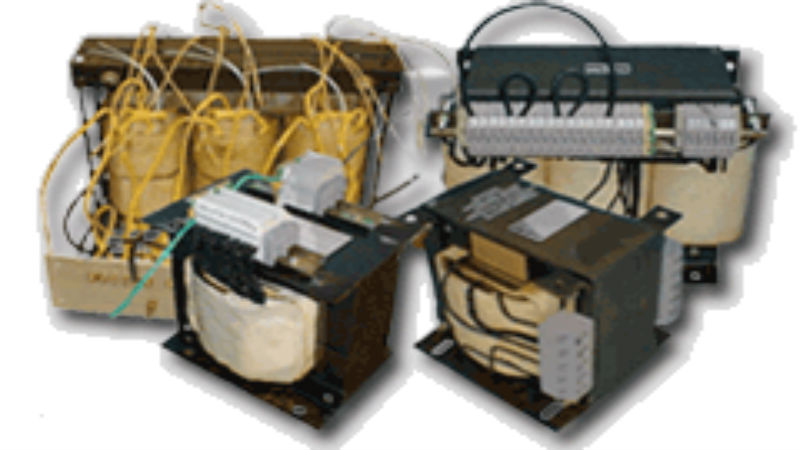Understanding the best options for a transformer in equipment, devices an system is not always as simple as it may appear. There are several different factors to consider that may make the choice of single phase transformers over 3 phase transformers the ideal selection for the application.
The benefit of using a single phase transformer is the ability to use these components to either step up or step down the voltage. This is the voltage that comes into the transformer on the primary winding.
Uses
By definition and design, all single phase transformers use single phase alternating current on the primary winding. They can be used for a variety of large applications, such as found on power systems, where they are ideal for stepping down current that is transmitted over long distances. This stepping down function allows the power coming in from the main to be used for appliances and electric devices in residential or commercial buildings.
However, the same technology can be used on a smaller scale within components. Depending on the desired power to be delivered by the single phase transformers, they can step down or step up from the power supplied to the primary.
Design
The design of the single phase transformer is very simple. The primary and secondary winding are around a core. The two winding are not in contact, but the voltage is transferred by proximity from the primary to the secondary through a magnetic field.
This is an effective, efficient and durable option for any application. In most cases, these transformers will operate at about 95% efficiency, with constant voltage and frequency often resulting in efficiency ratings as high as 98%.
For most applications including removing noise from audio signals, isolating circuits, or creating constant voltage output to a system, these are the ideal choice.

